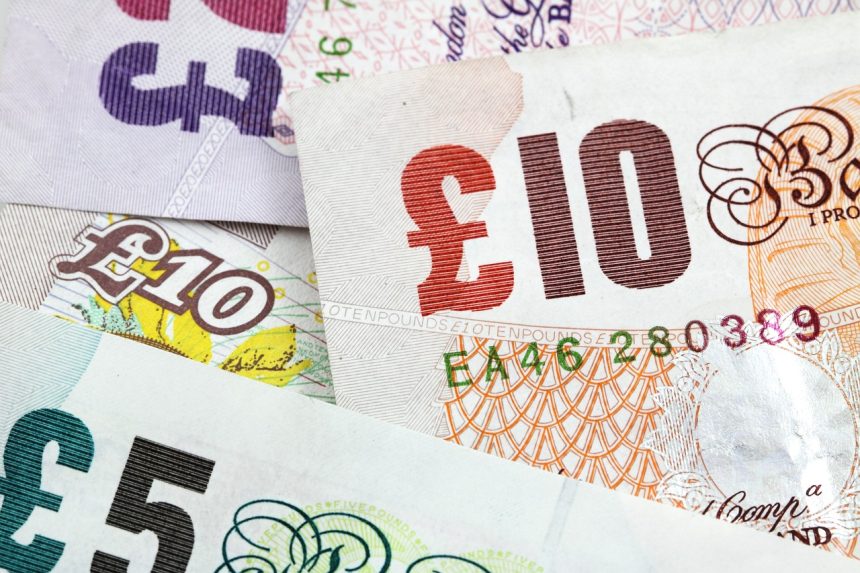Pound is under selling pressure as the appeal of risk-sensitive assets declines.
The Pound Sterling (GBP) falls in Friday’s European session. As negative market sentiment reduces the attraction of risk.sensitive assets. The GBPUSD pair retests a weekly low near 1.2730. As the US Dollar rises fueled by rising expectations. That the Federal Reserve (Fed) would hold interest rates steady in the 5.25%-5.50% range at its June meeting.
The Cable is under pressure due to predictions. That the Fed would make its first rate cut, a widely predicted move for After more than two years of rising interest rates. Markets may be driven back even further this summer. This would match the Fed’s rate cut decision with that of the Bank of England (BoE). Which is scheduled to begin lowering interest rates at its August policy meeting.
The UK economy expanded as expected in January, but worries of a recession remain strong.
Uncertainty over the UK’s economic prospects may limit BoE officials’ ability to keep interest rates higher for longer. The UK economy entered a technical recession in the second part of 2023. And despite January’s minor improvement, there is no clear sign that the worst is past.
Daily Market Movers: Pound Sterling dips, while USD Index appears set for positive weekly finish.
The Pound Sterling fell to 1.2730 as the market Sentiment remained negative on concerns. That the Federal Reserve will be hesitant to decrease interest rates at its June policy meeting due to a spate of stubborn inflation indicators.
The US dollar and bond yields rose after February’s US Producer Price Index (PPI) data proved more obstinate than anticipated. When supply chain disruptions occur or consumer spending is expected to rise. Producers tend to boost the pricing of goods and services at their factory gates. Producer prices rose in February due to increasing gasoline and food prices. The US Dollar Index (DXY), which measures the value of the US dollar against six major currencies. Increased to 103.40 following the data release.
This week, the Pound Sterling is still on the back foot. The UK’s economic growth is 0.2%.Market expectations for January fail to counterbalance the impact of disappointing employment statistics for the three months ending January. Which was also revealed earlier this week. The UK economy has resumed recovery after declining in the second half of 2023. However, the economy must record an overall expansion in the first quarter to demonstrate that the technical recession was brief.
Investors will look for new advice from UK inflation statistics.
The UK’s inflation figures for February, which will be announced on Wednesday. A day before the Bank of England’s interest rate decision, will be a major driver of the Pound Sterling in the future. The impact of decreasing wage growth. Which has been fuelling service inflation, may be seen in Consumer Price Index (CPI) data. Stubborn service inflation is a major cause of high inflationary pressures.
The inflation figures will influence market expectations for BoE rate cuts. Which are currently pointing to a policy meeting in August. According to a Reuters survey. The central bank will begin lowering borrowing prices in the third quarter. However 40% of experts expect an earlier decrease.









